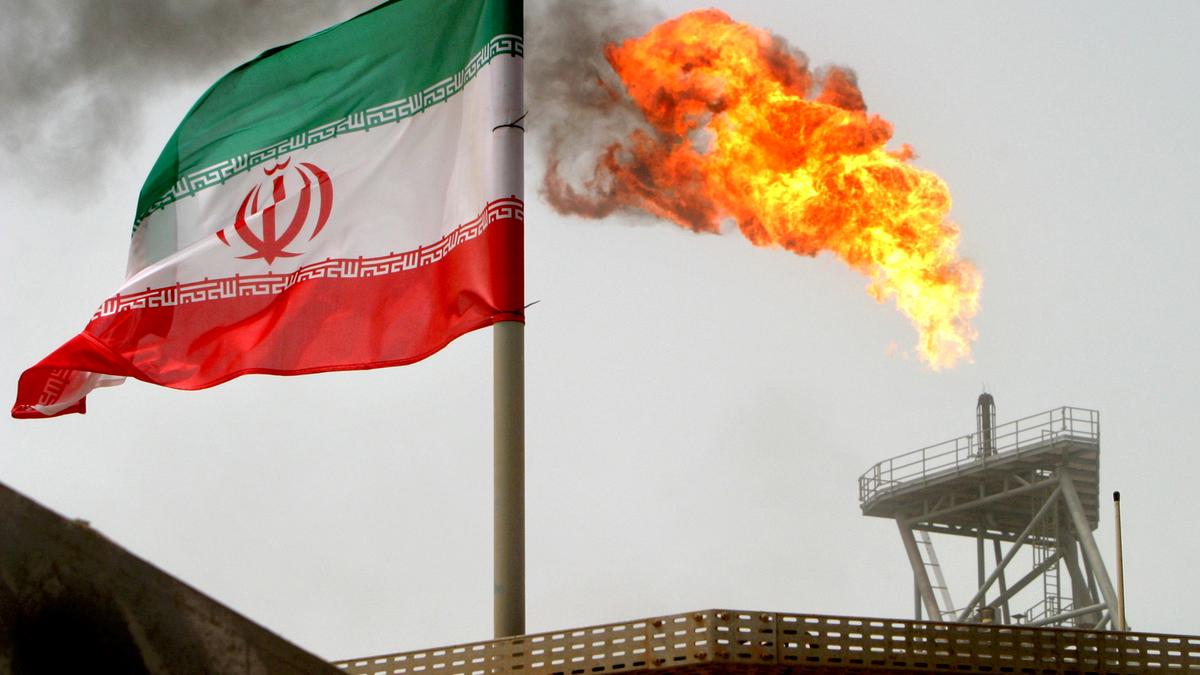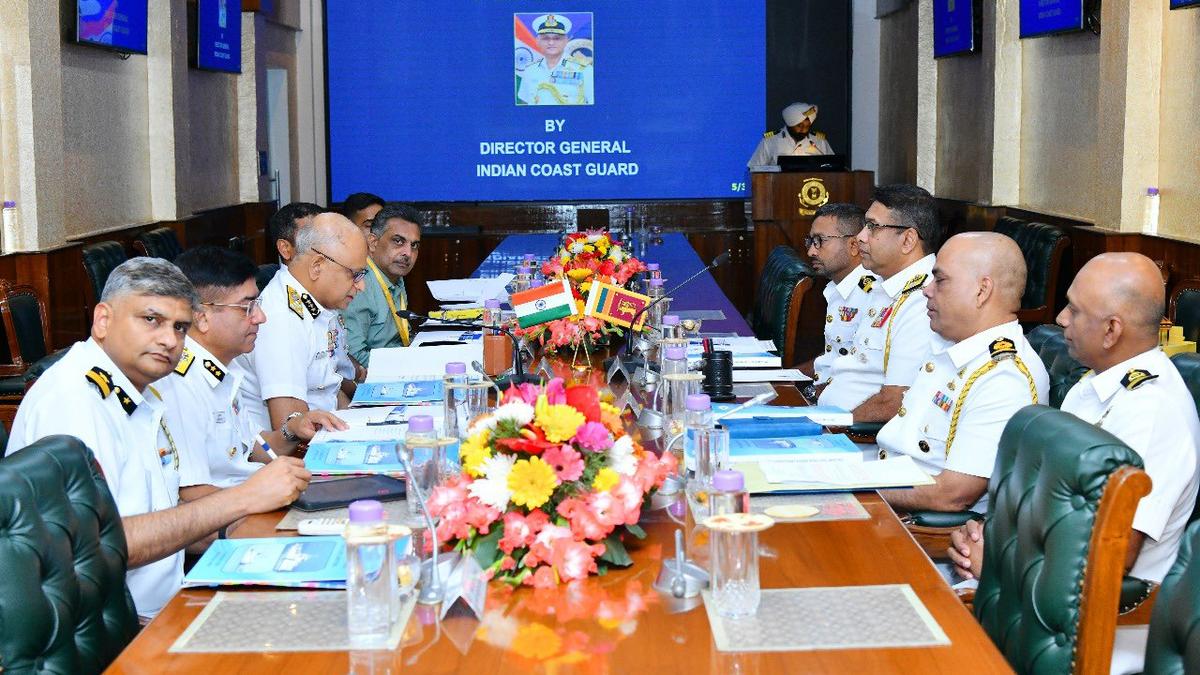Description
GS PAPER II: Important International institutions, agencies and fora - their structure, mandate.
Context: Union Minister for Health and Family Welfare virtually participated in a meeting with Ministers of Health of the NAM (Non-Aligned Movement) Countries.
Non-Aligned Movement
- The Non-Aligned Movement (NAM) is a forum of 120 developing world states that are not formally aligned with or against any major power bloc.

- After the United Nations, it is the largest grouping of states worldwide.
- The movement originated in the 1950s as an effort by some countries to avoid the polarized world of the Cold War between Communist and Capitalist states.
- Purpose: To ensure "the national independence, sovereignty, territorial integrity and security of non-aligned countries" in their "struggle against imperialism, colonialism, neo-colonialism, racism, and all forms of foreign aggression, occupation, domination, interference or hegemony as well as against great power and bloc politics”.
- Drawing on the principles agreed at the Bandung Conference in 1955, the Non-Aligned Movement was established in 1961 in Belgrade, Yugoslavia through an initiative of the Indian Prime Minister Jawaharlal Nehru, Ghanaian President, Indonesian President, Egyptian President and Yugoslav President.
- Five principles that serve as the basis of the Non-Aligned Movement are
- Mutual respect for each other's territorial integrity and sovereignty.
- Mutual non-aggression.
- Mutual non-interference in domestic affairs.
- Equality and mutual benefit.
- Peaceful co-existence.
Role and Activities of the Non-Alignment Movement
- It provided a platform for newly independent developing nations to join together to protect this autonomy.
- It has played a useful role in the common cause of World peace and prosperity.
Current Challenges the NAM facing are
- Necessity of protecting the principles of International law, eliminating weapons of mass destruction , combating terrorism, defending human rights, working toward making the United Nations more effective in meeting the needs of all its member states in order to preserve International Peace , Security and Stability, as well as realizing justice in the international economic system.
- The long-standing goals of the Movement remain to be realized that are Peace, development, economic cooperation and the democratization of international relations.
Conclusion
- The movement has succeeded to create a strong front on the International level, representing countries of the third world in the International organizations on top of which the United Nations.
- The Non-Aligned Movement should redefines its purpose and ideology in accordance with the contemporary issues, ideologies and principles.
https://pib.gov.in/PressReleaseIframePage.aspx?PRID=1722235








